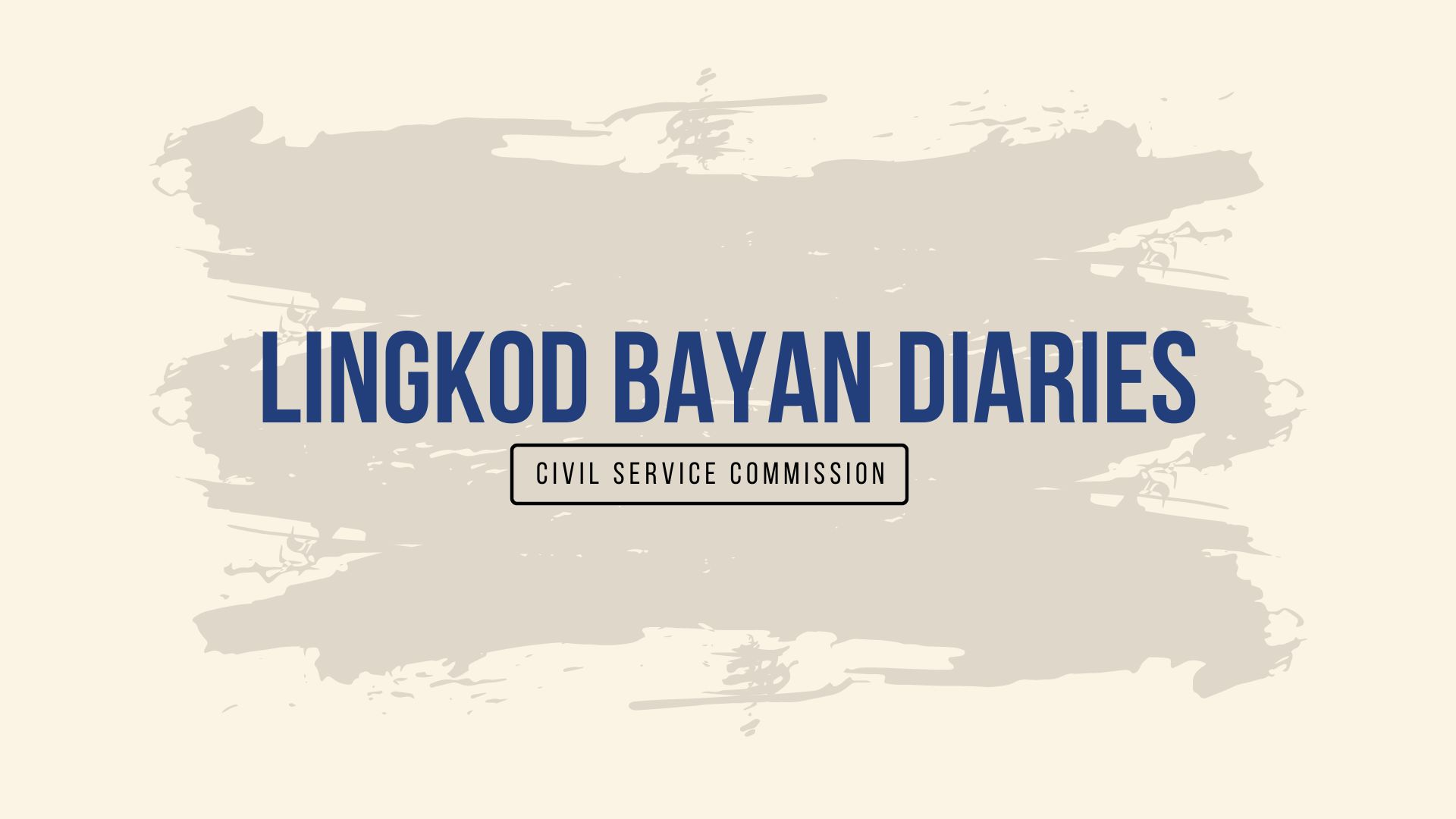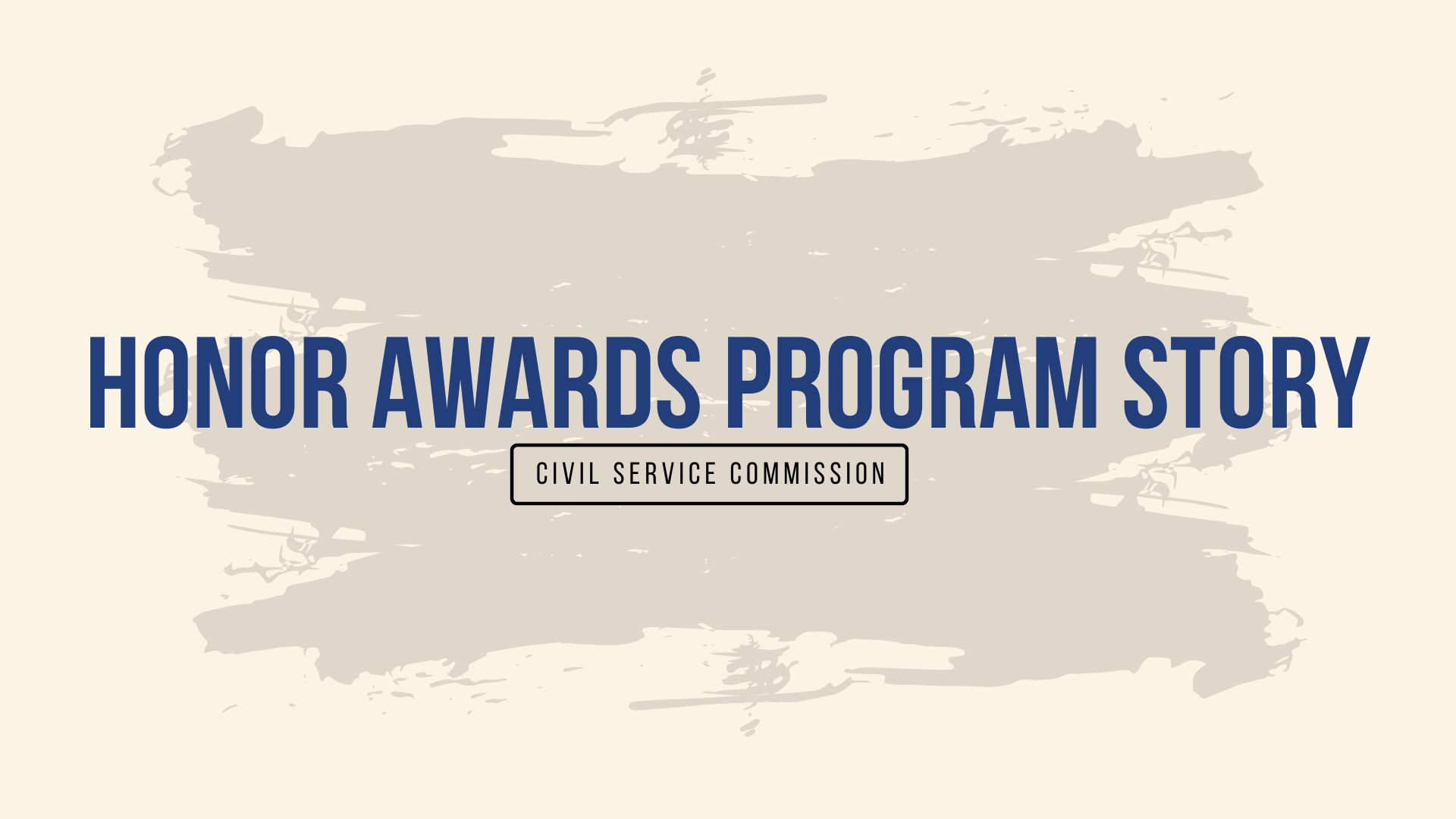 The Department of Science and Technology (DOST) has launched eight transformative research and development (R&D) programs that leverage emerging and frontier technologies to address significant challenges and provide solutions for large-scale issues.
The Department of Science and Technology (DOST) has launched eight transformative research and development (R&D) programs that leverage emerging and frontier technologies to address significant challenges and provide solutions for large-scale issues.
These initiatives are strategically developed to tackle critical problems in key sectors such as agriculture, healthcare, and manufacturing.
Dubbed as “ELEV8PH: Pushing S&T Frontiers for National Development,” the launch was held at the Dusit Thani Manila on February 5, 2025. It brought together stakeholders from various sectors, including industry representatives, academia, international partners, and the DOST research community.
Opening the event, DOST Undersecretary for Research and Development Leah J. Buendia highlighted the immense potential of innovation and the collective drive that propels progress forward. “Together, we embody the spirit of innovation and collaboration that turns visions into reality,” Buendia declared.
DOST Secretary Dr. Renato U. Solidum Jr. further emphasized the vital role of unity and collective action in achieving a future defined by progress and innovation. “With collaboration as our cornerstone, let us embark on decisive steps towards the progressive nation we all yearn for,” added Secretary Solidum.
According to the Secretary, these key research and development programs are designed to advance science and technology for national development. The eight transformative R&D priority areas include:
- Artificial Intelligence (AI) Virtual Hubs. With the rise of AI, there are concerns that developing countries like the Philippines may be left behind. However, the recently released AI Readiness Index 2024 shows that the Philippines has improved its ranking from 65th in 2023 to 56th in 2024, positioning the country to take a leadership role in the global AI landscape.
One of the program’s major components, the Artificial Intelligence (AI) Virtual Hubs, was established through the Advancing Computing Analytics, Big Data, and Artificial Intelligence in the Philippines (ACABAI-PH) initiative. This program offers accessible AI tools that enable businesses, researchers, and communities to utilize AI solutions without needing extensive technical expertise, ensuring practical and innovative answers to meet the needs of Filipinos.
According to Franz A. De Leon, Director of the DOST-Advanced Scientific Technology Institute, it is crucial to maintain the integrity of the AI program to gain the trust of stakeholders. Therefore, all AI solutions must be transparent, explainable, and capable of identifying biases in AI models.
- Quantum Computing Technology. The Department of Science and Technology (DOST) is committed to enhancing the computing power and capabilities of the local industry through quantum computing technology. This cutting-edge computing surpasses the capabilities of classical computers and has advanced features that can support growth in various fields, including cryptography, cybersecurity, pharmaceutical development, materials science, climate forecasting, and financial services.
- Geospatial Analytics Solution (GATES Hub). The Geospatial Analytics Solution or GATES Hub aims to advance the application of geospatial science in addressing critical issues, such as disaster risk reduction, urban planning, and environmental management. This program is envisioned to be adopted by the government to mitigate disaster risk, tackle urban planning challenges, and improve scientific datasets for environmental management.
- Industry 4.0. At the heart of this initiative is the Cuatro program. Implemented by DOST, this R&D program helps strengthen companies' capabilities in utilizing core technologies such as additive manufacturing, autonomous robots, augmented reality, the Internet of Things (IoT), cybersecurity, system integration, simulation, big data, and cloud computing. These technologies will support the technological needs and upgrades of micro, small, and medium enterprises. Additionally, a Smart Manufacturing Hub will be established to assist clients within Metro Manila in upgrading their technology.
- Circular Economy. The concept of a Circular Economy is gaining global traction as economies increasingly focus on sustainable manufacturing to protect the environment. This initiative aims to develop strategic human resource capabilities and promote innovative R&D technologies, facilities, and by developing policies on resource recovery plans to ensure compliance with solid waste management.
- Smart Agriculture. To confront significant challenges in the agriculture sector—such as farm damage from natural disasters and other phenomena, oversupply of vegetables, pest infestations, and commodity price fluctuations—science-based solutions using smart technologies are crucial. This program seeks to leverage existing R&D initiatives in precision farming, digital agriculture, and the use of drones, sensors, and data analytics to enhance productivity in agriculture. It aims to address challenges related to climate change, food security, and the sustainable use of natural resources.
- Biologics in Pharmaceuticals. Through this initiative, the DOST-Philippine Council for Health Research has launched various programs to encourage local industries to engage in manufacturing, as well as in drug discovery, diagnostics, and therapeutics. The focus is on improving public health outcomes by providing precise and personalized treatments for all.
- Smart Technologies. DOST is creating advanced and interconnected systems that improve efficiency, sustainability, and quality of life by integrating smart technologies such as the Internet of Things (IoT), 5G, AI, and Big Data. This effort aims to accelerate the development and widespread adoption of these technologies across various sectors, including smart communities, industries, healthcare, and beyond, ensuring that these devices and technologies are accessible to all.
ELEV8PH is one of DOST’s programs launched this year to strengthen industry innovation and promote technological advancement through collaborative research among academia, industries, and government sectors. (By Abigael S. Omana, DOST-STII)










